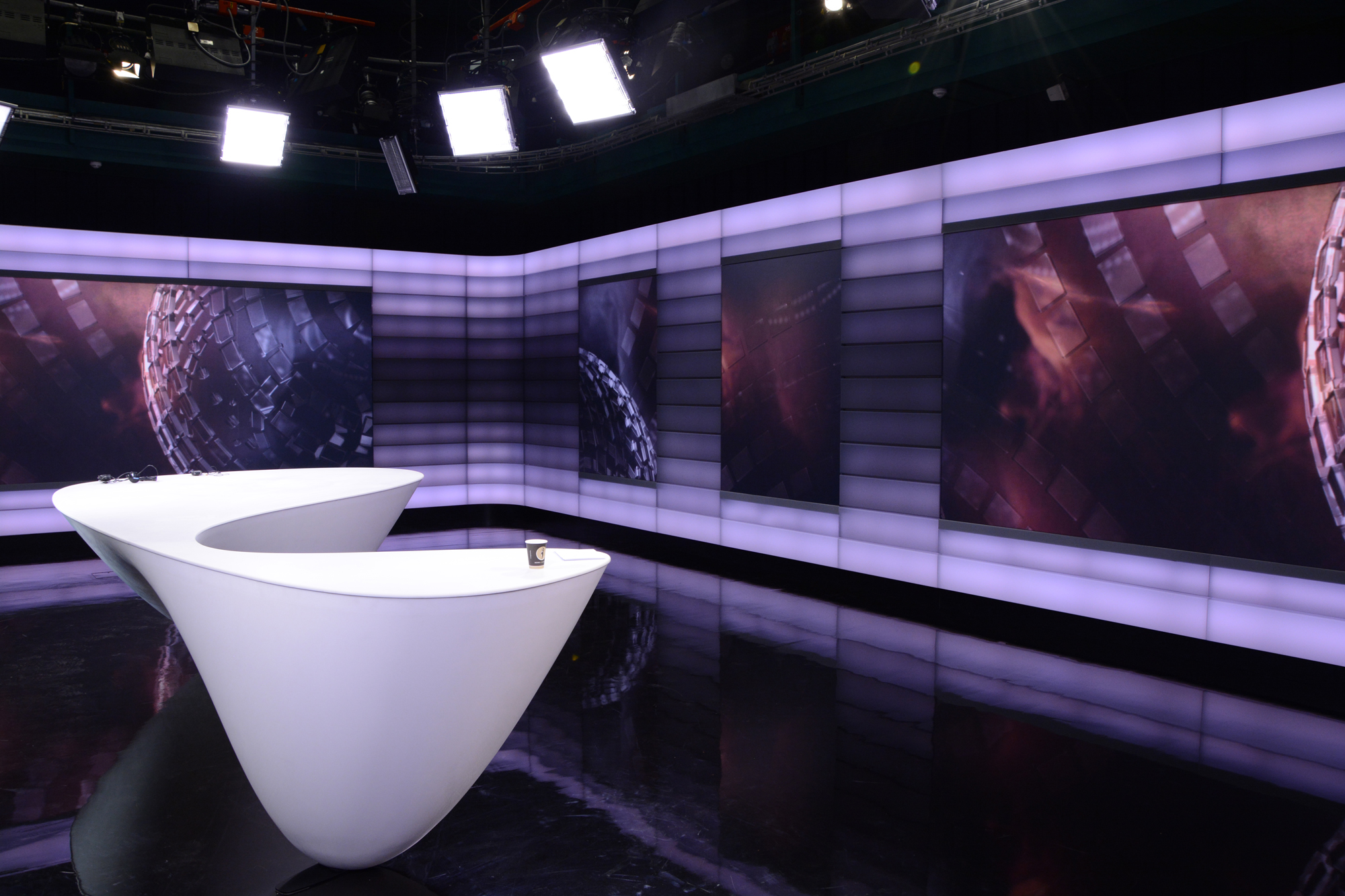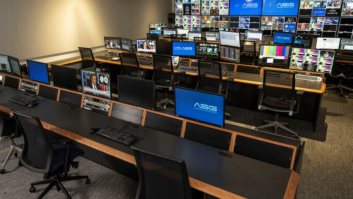
According to Futuresource Consulting, the videowall market has been posting a CAGR of 60% in recent years. But can that growth be profitable for integrators?
No one seems to know who first used the phrase “Turnover is vanity, profit is sanity – but cash is reality”, but that hasn’t stopped it entering the business world as an oft-repeated mantra. As any integrator will tell you, though, profit is a whole lot easier to talk about than it is to make. The fact is: the more complex a job is, the greater its potential for significant profit – or significant loss. Videowalls are a good example of a potentially complex job.
It’s also an attractive, and growing, market – but few integrators can (or are willing to) invest in a videowall demonstration facility, especially as individual customer requirements are likely to vary. It would take a sizeable number of successful projects to turn that investment into a profitable one.
Reflex, however, which is one of the UK’s largest integrators, has made that commitment. “We’ve seen exponential growth in videowall solutions,” notes the company’s technical sales manager, Graham Kirkpatrick. “We’ve had to find a way to demonstrate these effectively and have found that working with strategic partners and the display manufacturers has made this task easier. Reflex has invested heavily in videowall technologies at our London showroom. We also have several London-based reference sites, with installed plasma and LCD walls, as well as Christie MicroTiles.
“So,” he continues, “a combination of manufacturer sites, our own showroom and customer reference sites means we have a wide choice of demonstration venues. If none of these physical sites are convenient, we can use conceptual animation and imagery – by creating a digital image of the customer’s space we can overlay how the videowall will look in real-life environments.”
Reflex’s approach appears to have paid off. The company recently completed what it believes is the UK’s highest-resolution Christie MicroTiles curved screen, and is due to complete the largest touchscreen videowall installed in the UK.
Demos essential
“It is essential to see the product in some form, as the specifications won’t inform you about elements such as off-axis viewing angle issues, uniformity between panels and if their greyscales, brightness or colour saturation aren’t as good as expected,” believes Steve Scorse, VP EMEA at SiliconCore. “While it might not be possible to view the full-size solution, an integrator can get a good impression of these key factors and resolution, contrast and viewing angle from seeing a couple of panels.”
In-house demonstration facilities may be the ideal – and as Enrique Robledo, European marketing manager for display products at Panasonic points out, a demonstration doesn’t have to be a replica of the final installation.
“A small-scale demonstration with a 2 x 2 set-up can be done to show off the key aspects of the videowall,” he declares. “For instance, the customer can see the glossy or matt finish of the videowall, the colour gamut and temperature of the displays, or the brightness level.”
Thorsten Prsybyl, section manager large format displays at NEC Display Solutions Europe, agrees. “Some projects are large enough to set up a sample 2 x 2 wall to show the quality of the solution,” he says. “Another way might be to ask the supplier for a reference site to see a live installation. There are significant quality and feature differences such as integrated frame buffers to improve fast-moving content or a comprehensive hardware calibration to achieve and maintain good uniformity – and those can only really be demonstrated, not discussed.”
But, as Kirkpatrick has made clear, in-house is far from the only option. Manufacturers and distributors clearly have a role to play – as Helgi Sigurdsson, product manager at Matrox Graphics, explains.
“PSCo Technical Distribution has built technology assessment and demonstration facilities in the UK to demonstrate different display options and videowall controllers, including those based on Matrox Mura MPX capture and display boards,” he says. “VuWall Technologies has also recently opened new demonstration and training venues in Germany where it is able to demonstrate a range of systems.”
Using reference sites
Chris Ault, reseller account manager, LG Electronics UK, notes that his company is developing strategic alliances to establish a series of reference sites across the UK, from sports stadiums to retail hubs, command and control centres and automotive showrooms so that prospective clients can visit and get the full experience.
“Tradeshows such as ISE and InfoComm are also a great place for integrators to bring their customers to compare displays and controllers from various manufacturers,” adds Sigurdsson.
It becomes apparent that manufacturers and/or distributors have a key role to play in supporting integrators with videowall projects – and that role can have a marked impact on the likely profitability of the installation.
“A manufacturer should support with all aspects of the technical specification during the sale,” avers SiliconCore’s Scorse. “Modular solutions can be complex to get your head around when scaling up resolutions, calculating the wiring for different power loads and planning cabling for data configurations. An architect will require all of this information to be accurate so it is often easiest to get it straight from the manufacturer who should know their product inside out.”
“Manufacturers will often have their own frame and front-end processing solutions which have been designed specifically for their product,” he adds, “so taking their advice on these can also prove invaluable.
“Manufacturers have to support integrators with good-quality and reliable products which are user friendly,” says Robledo. “They also have the role to train integrators to understand the products and the brand so they can provide a better service to the end user. Panasonic is helping integrators achieve this with the newly launched partner academy, which combines online and face-to-face training.”
www.reflex.co.uk
www.silicon-core.com
http://business.panasonic.eu
www.nec-display-solutions.com
www.matrox.com
www.lg.com







